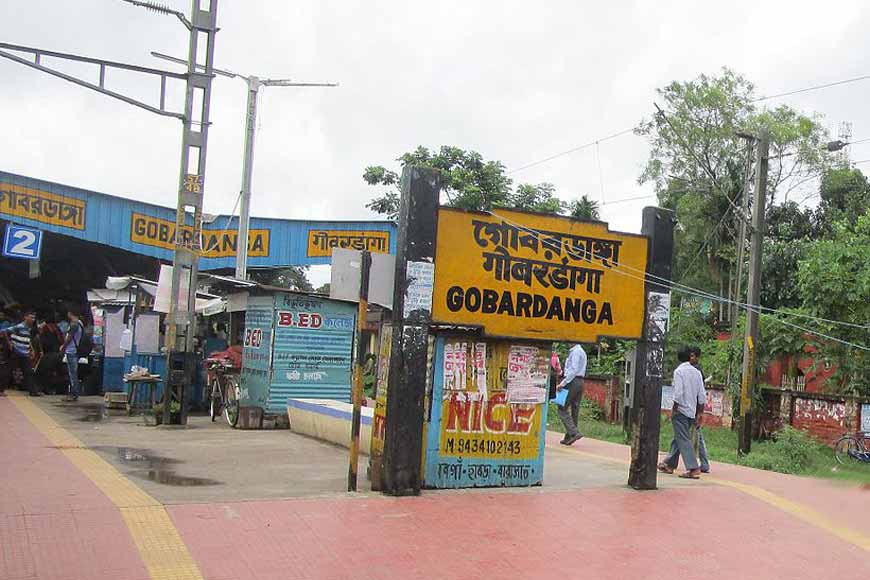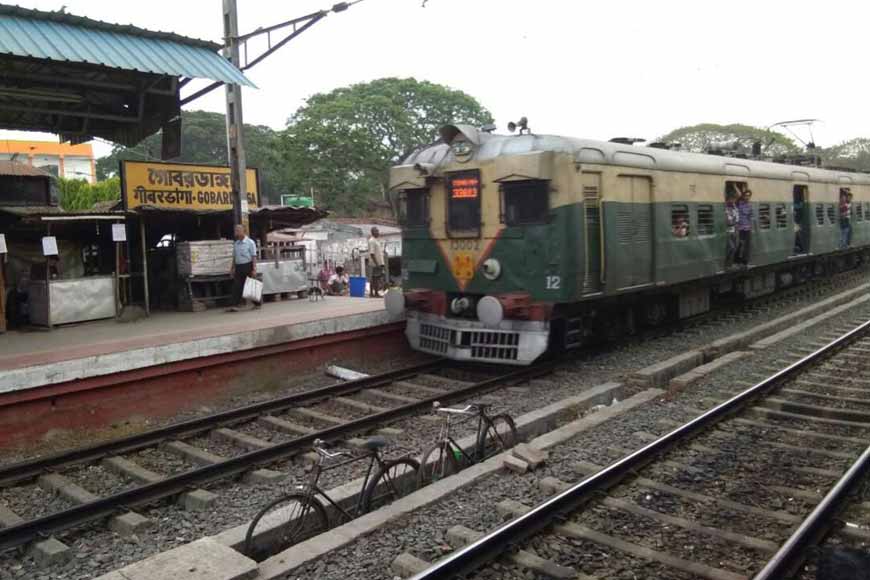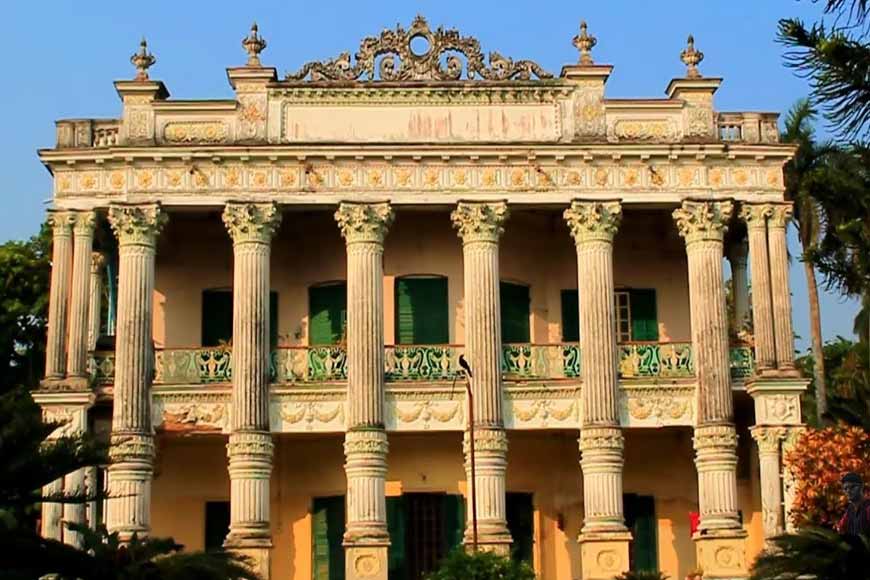Gobardanga’s train platform number 3 ½ evokes memories from the past

Harry Potter fans will cry hoarse to convince the non-initiated about the existence of Platform Nine and Three-Quarters (Platform 9¾). It is a platform at King's Cross Station in London. Magically concealed behind the barrier between Muggle Platforms Nine and Ten, this Platform is where Hogwarts School of Witchcraft and Wizardry students board the Hogwarts Express every 1 September, to attend school. Similarly, there is a Platform number three-and-a-half in Gobardanga, the only such station that exists in the entire country. And no, this is not a magical station like the King’s Cross Station in London.
Gobardanga is one of the oldest stations on the Sealdah-Bongaon section under the Eastern Railway. The tracks were laid even earlier when the link between Dum Dum to Khulna now in Bangladesh, via Bongaonwas constructed by Bengal Central Railway Company in 1882–84. Gobardanga station was opened to the public in 1906, a year after Lord Curzon, the Viceroy of India, planned and declared the Partition of Bengal. Since its inception, the station has been playing an important role. At present, if you visit this station, you will see a small platform on the left side of Platform number three. This small platform has been carrying the legacy of the erstwhile zamindars of this ancient township and has been going by the name of Platform number Three and a half (Platform 3 ½).

Gobardanga is a city and a municipality in the North 24 Parganas district. The place derives its name from three Sanskrit words: go-bar-danga. Go means "world/earth", bar means the "greatest" and danga refers to "place" which means, the greatest place on earth. Gobardanga is situated on the banks of the river Jamuna. The Mukhopdahyay family was the landlord of Gobardanga and reigned for generations. The family originated from Sharsha which is at present an Upazila of Jessore District in the Division of Khulna, Bangladesh, and later moved to Gobardanga and settled here. The Mukhopdahyays were wealthy and influential and considered one of the prominent zamindars of Bengal. In fact, the British laid the railway tracks in 1882 via Gobardanga to please the zamindar family.
Mr. Hinkle was the magistrate of 24 Parganas and zamindar Shyamram Mukhopadhyay’s son, Khlearam Mukhopadhyay worked as a supervisor under him. Pleased by his devotion to duty, Hinkle gifted Khlearam vast tracks of land at Gobardanga, and the latter built a palace on the plot and named it ‘Prasanna Bhavan.’ The palace does not exist anymore. The mansion known as the palace today was actually used as a guest house in 1914. It was known as ‘Fairy Hall’ and was a single-storeyed structure. Later, the successors of Kaliprasanna Mukhopadhyay upgraded it to a double-storey. The descendants of the family still reside in this ancestral home. The zamindars of Gobardanga were immensely powerful and feared for their large army of ruthless ‘lethels’ (a band of traditional Bengali martial arts practitioners).
 Prasanna Bhavan
Prasanna Bhavan
They were also known for their rich tastes. The members of the family were fond of rearing elephants. They owned a large herd of elephants and huge elephant stables were built that served as enclosures for the elephants. Traces of the ‘pilkhana’ (stables) can still be found next to the ruins of the original Rajbari of Gobardanga. At one time, news of Gobardanga zamindars’ penchant for pachyderms reached the Nawab of Dhaka. The Nawab asked the Mukhopadhyaysto to send a few good quality elephants to Dhaka as ‘Nazrana’ (gift).
This was a tall demand and the zamindar was in a fix. He raked his brains but could not fathom any concrete way to transport the elephants to Dhaka. As a last resort, he sought the help of British officials of the East India Company. At that time, a regular train used to ply between Dum Dum and Khulna (now in Bangladesh) via Bongaon. The British government was quick to act and save the zamindar's prestige. It was decided that elephants would be transported to the Nawab by train.
After this, a special platform was constructed at Gobardanga station for the elephants to ascend the train and journey to Dhaka. From this incident, the platform came to be known as the ‘Elephant Platform.’ Later, the platform was used exclusively by members of the zamindar family. But now, with the abolition of the zamindari system, the platform lies neglected, but Platform number three-and-a-half of Gobardanga is a reminder of its glorious past.







.jpg)


